Mexico is a mountainous country, and many of its towns and cities away from the coasts are situated at elevations of least 5,000 feet above sea-level.
If you plan to live in Mexico, or visit here on a self-catering or camping vacation, a consideration to take into account is that the elevation (the land’s height relative to sea level) has an effect on food preparation, because water situated at higher elevation boils at lower temperatures.
Calculating the pressure
The science is quite simple. The atmosphere surrounding Earth creates pressure against all objects within it. Barometric pressure at sea level equates to a little less than thirty inches of mercury, or 14.69 pounds per square inch. At this pressure level, water boils at 100 degrees Centigrade, 212 degrees Fahrenheit.
However, the density of the air becomes thinner at higher altitudes (which is why it’s harder to breathe at higher elevation) and the pressure continues to drop constantly until you reach space, where there is no air, no density, and no pressure.
Water thus boils at a lower temperature because the pressure on the water molecules is lower at higher altitudes, requiring less energy for the molecule bonding threshold to be reached (the point at which molecules break away and coalesce into steam). And so, because less heat (energy) is required to break up the molecules, the water boils at a lower temperature.
Boiling water, cooking, and baking at high elevation
When you’re preparing your food in Mexico and you’re situated at elevation, you’ll need to take into account the effects higher elevations will have on your recipies and timing.
Water doesn’t always boil at 100C/212F
Water will boil at 100 degrees centigrade (212F) at sea level, but its boiling point drops as the elevation rises. For example, at 5,000 feet above sea-level water will boil at 94.9C (202.9F); at 6,000 feet water boils at 93.8C (200.9F); and at 7,000 feet water boils 92.7C (198.9F). This online calculator works out the figures.
Drinking tea and coffee at elevation
Some tea-drinking connoisseurs argue that coffee is a better beverage option when one is situated at high elevation, because tea requires a high water temperature to “steep” properly. That’s probably more a matter of personal taste than science, but as staying well-hydrated is important when you’re situated at higher elevations, it’s worth noting that tea quenches thirst whereas coffee aggravates it.
Baking at high elevation in Mexico
If you’re accustomed to baking cakes and pastries in places situated at lower elevations, you’ll discover that the proportions of ingredients and the timings needed to complete the bake will need to be adjusted. This article shares some helpful tips about baking at higher elevations.
General cooking
In terms of everyday cooking, you won’t experience an energy gain, i.e. use less fuel, to cook your meal because although the water reaches boiling point sooner, you need to leave your food cooking for longer.
A practical example of this is when you’re cooking a hard-boiled egg. If it takes five minutes to hard-boil an egg at sea-level it will take proportionally longer at higher elevations; so any gain realized through lower boiling points is lost in the longer while it takes for the heat-energy transfer to take place.
This is another way of demonstrating that there really is no such thing as a “free lunch”—not even in high places.
Learn more about living well in Mexico
Learn more about Mexico’s terrains, its climates and weather, and get pratical insights for better living
- Browse our Mexico Home Life section to get inspiration to help you create and settle-in well to your home living spaces in Mexico
- Discover Mexico’s climates and weather
- Highlife: discover the benefits of mountain living in Mexico
- Mexico Essentials: practical tips and advice for living and leisure in Mexico


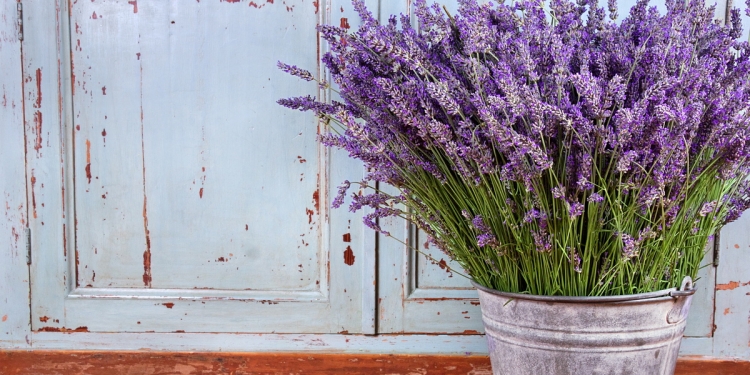
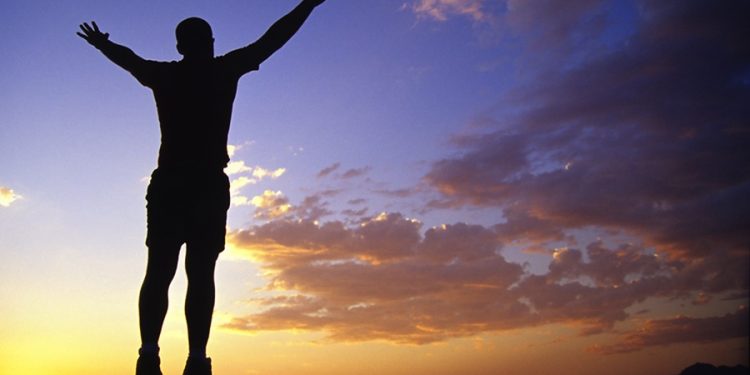
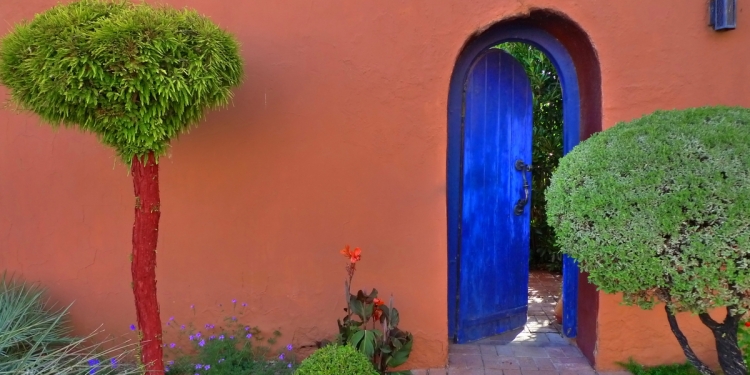
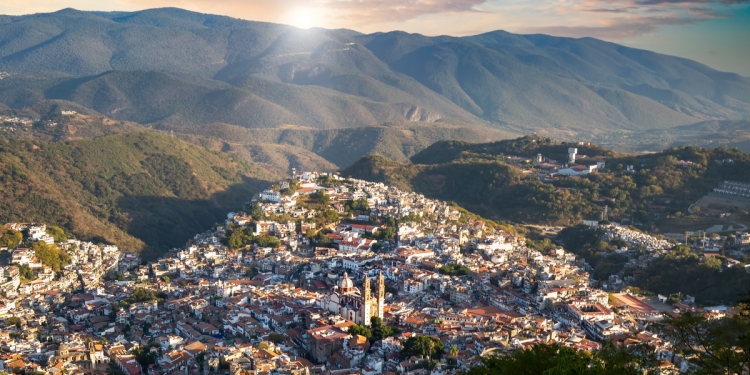
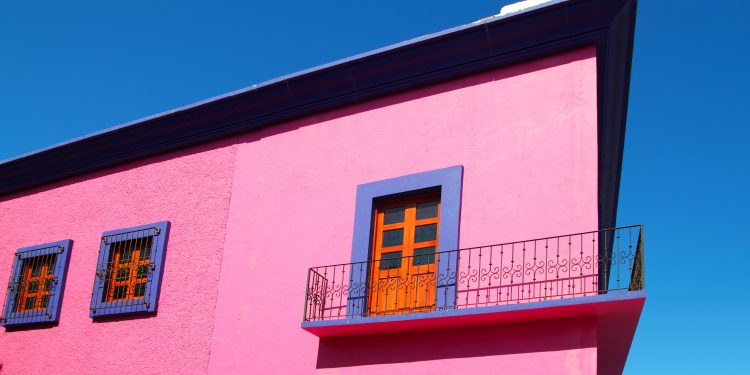


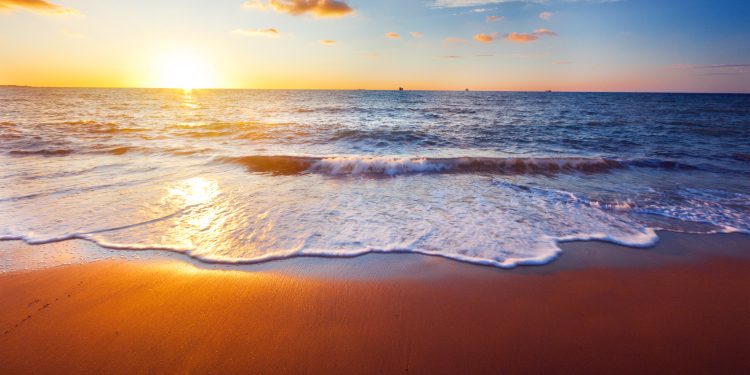
In my travels around Mexico, I notice that mosquitoes seem to only be down in the lower elevations. With the spread of Zika and other mosquito borne illnesses, this becomes more of a concern. Are the higher areas lower in mosquitoes and what other insects are not adapted to live in the central plateau?
Hi JG,
There is probably a higher concentration of mosquitoes (and all manner of critters) at lower elevations where it’s generally warmer and, especially, more humid. However, even at altitudes of 5500-7500 feet, which covers most of the central highlights of Colonial Mexico, you’ll encounter plenty of mosquitoes. They are more prevalent in the spring and summer, when temperatures rise and they are particularly active during the rain season, see: https://www.mexperience.com/mexicos-rainy-season/
I had no idea about things like this
Thank you for the science wisdom.